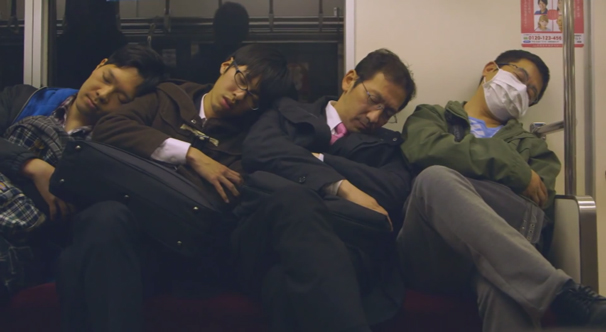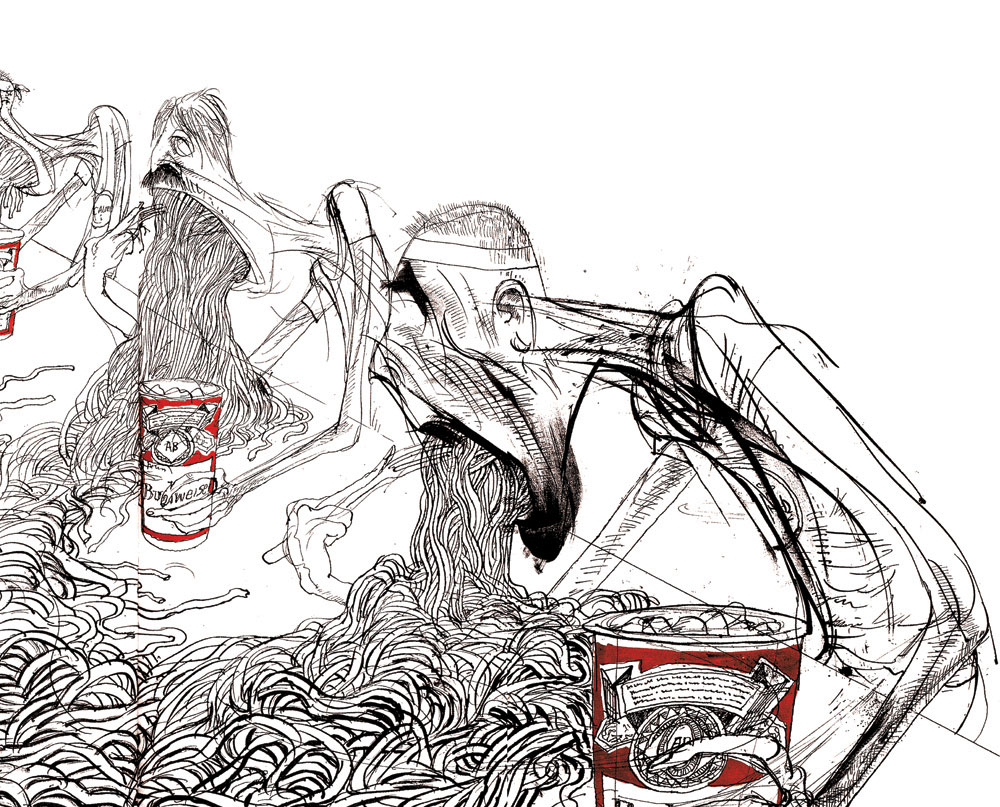Leeds College of Art
BA (Hons) ILLUSTRATION
|
Level
|
04
|
OUIL401 Context of Practice
|
Credits
|
20
|
End of Module Self Evaluation
|
||
NAME
|
Christopher
Cooper
|
1. What
skills have you developed through this module and how effectively do you
think you have applied them?
|
|||||
The main skill I have developed
is my essay writing and extract information in an academic manner from a
series of varying sources such as images and essays. Given that I haven't
written an essay since sixth form I felt a little rusty in terms using the
academic process therefore I found it highly useful if not stressful at times
putting together a fully referenced essay with an underlying and coherent
thesis.
|
|||||
2. What approaches to/methods of research have you
developed and how have they informed your practical outcomes?
|
|||||
Given that there was no final
outcome I have developed an approach whereby I let research and think take me
down various different avenues, some unexpected and useful others of which
are complete dead ends. This allows for a more over arching visual
exploration of I given theme and for connections to be drawn between different
areas that you otherwise would not have been able to make.
|
|||||
3. What strengths can you identify in your work and
how have/will you capitalise on these?
|
|||||
I think the relationship between
my intent for studio brief 2 that and the work itself was probably my
strongest point. This is because I feel it very clearly and effectively
communicated my underlying theme of conformity that I had set out in my visual
response proposal. This was partly due to the variety of different methods I
used with a reductive process of repeat image making being the most
successful. Furthermore the research I conducted into different forms of conformity
and the scientific thinking behind it greatly informed the images which no
doubt led to their effective communication of the given theme.
|
|||||
4. What weaknesses can you identify in your work
and how will you address these in the future?
|
|||||
My main weakness was my lack of consistent
blogging coupled with a lack of varied and in depth research for studio brief
2. For example, although I read and referenced a fair amount of material for
studio brief 1 had a blogged all the different sources as I went along I
think my final result would have been far better constructed and thoughtful
in its argument. In a similar manner had I undergone a wider variety of
research for studio brief 2 I think the successes that I did achieved would
have been furthered and led to a much more interesting and varied visual
response.
|
|||||
5. Identify five things that you feel will benefit
you during next years Context of Practice module?
|
|||||
Blogging
more consistently and in particular blogging any academic sources and any
subsequent deconstruction of them on my part.
Being more
varied and ambitious in my forms of research which will lead to more
interesting and excting results with stronger factual grounding.
Better
spread the work load over the year so that it isn't as stressful and in turn
can allow me to better think through what it is I am trying to achieve with
this module.
The importance
of choosing a subject you are interested in. Although I could have researched
it more effectively I was genuinely interested in the underlying theme of
conformity in studio brief 2 which resulted in me being able to immerse
myself in the process of a visual response much more effectively.
The academic
process, particularly deconstructing and analysing texts effectively to
support your argument through the use of triangulation, paraphrasing and
close reading as these are the fundamental skills required to produce an
effect and coherent academic thesis.
|
|||||
6.How would you grade yourself on the following
areas:
(please indicate using an ‘x’)
5= excellent, 4 = very good, 3 = good, 2 = average,
1 = poor
|
|||||
1
|
2
|
3
|
4
|
5
|
|
Attendance
|
X
|
||||
Punctuality
|
X
|
||||
Motivation
|
X
|
||||
Commitment
|
X
|
||||
Quantity of work produced
|
X
|
||||
Quality of work produced
|
X
|
||||
Contribution to the group
|
X
|
||||
The evaluation of your work is an important part of
the assessment criteria and represents a percentage of the overall grade. It
is essential that you give yourself enough time to complete your written
evaluation fully and with appropriate depth and level of self-reflection. If
you have any questions relating to the self-evaluation process speak to a
member of staff as soon as possible.
|
|||||























.jpg)





















.jpg)